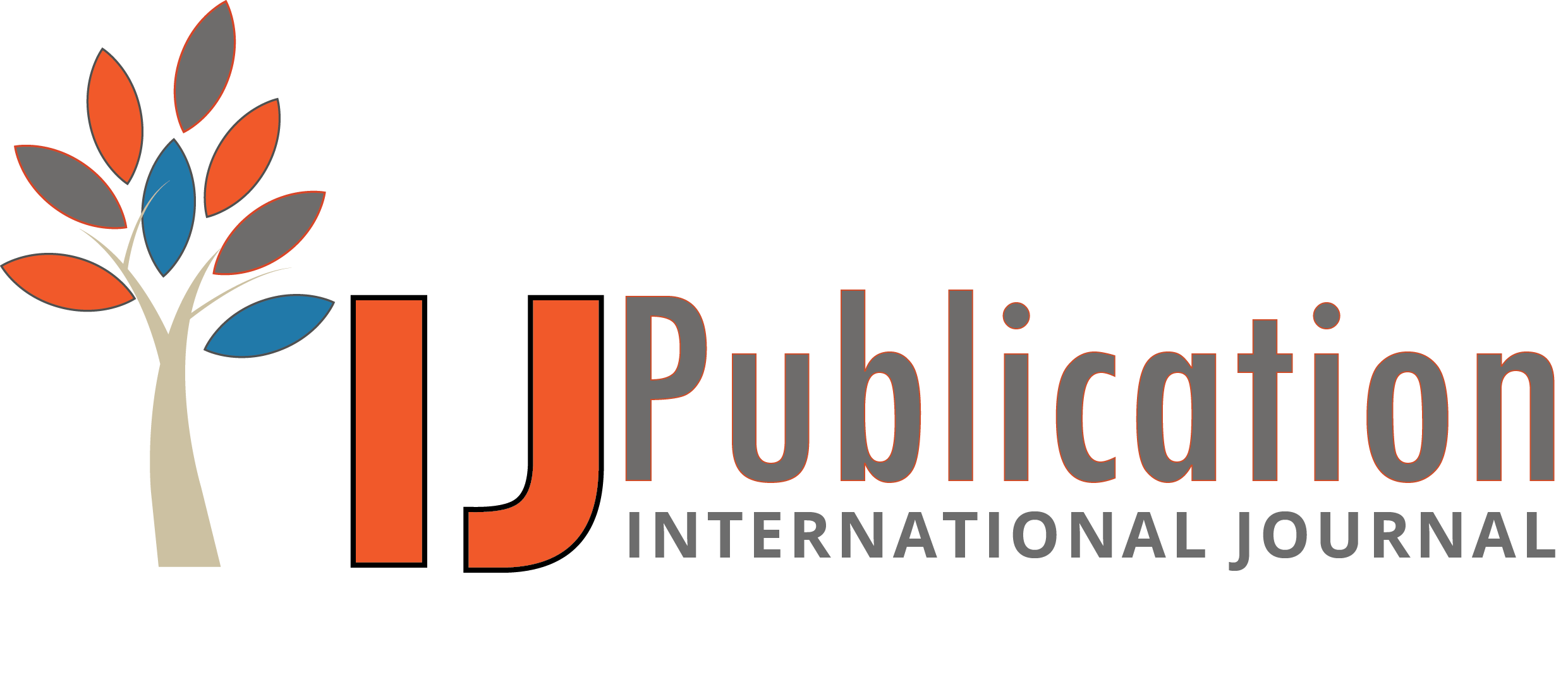Balachandar Ramalingam Reviewer
16 Oct 2024 03:45 PM
 Approved
Approved
Relevance and Originality
The research article addresses a crucial aspect of healthcare by focusing on kidney disease identification through machine learning and data science. Given the rising prevalence of renal diseases globally, this study is particularly relevant, as it seeks to enhance early diagnosis and patient care. The originality of the work lies in its application of predictive models to analyze a renal disease dataset sourced from Kaggle, which provides a solid foundation for exploring new risk factors and biomarkers. This approach not only fills a gap in the existing literature but also paves the way for further advancements in the integration of data science within the medical field.
Methodology
The methodology employed in the research article is generally well-defined, focusing on machine learning techniques to analyze kidney disease data. The use of a Kaggle dataset provides a robust basis for the study, but the article could benefit from a more detailed explanation of the specific machine learning algorithms and techniques used for data analysis. Additionally, outlining the preprocessing steps, feature selection methods, and evaluation metrics would enhance transparency and reproducibility. By providing a clearer overview of the methodological framework, the study could better substantiate its findings.
Validity & Reliability
The validity and reliability of the research findings depend significantly on the dataset and analytical techniques employed. Utilizing a publicly available dataset from Kaggle lends credibility to the study, but the article should address potential biases or limitations inherent in the dataset, such as sampling issues or data quality. Furthermore, discussing the performance of the machine learning classifiers used, including metrics like accuracy, precision, and recall, would provide a clearer picture of the model's effectiveness. A critical evaluation of these aspects would strengthen the overall reliability of the conclusions drawn regarding kidney disease diagnosis.
Clarity and Structure
The article is generally clear and organized, guiding readers through the relevance of kidney disease diagnosis and the role of machine learning. However, some sections could benefit from improved clarity and coherence. For instance, the explanation of key concepts and terms could be simplified for better understanding, especially for readers unfamiliar with machine learning or medical terminology. Moreover, using visual aids, such as charts or diagrams, could help illustrate complex ideas and enhance the overall structure of the paper, making it more engaging and easier to follow.
Result Analysis
The result analysis presented in the article highlights the key findings regarding the identification of risk factors and biomarkers for kidney disease. However, the discussion would benefit from a more in-depth exploration of the implications of these results in clinical practice. Providing concrete examples of how these findings can be translated into actionable insights for healthcare professionals would enhance the article's impact. Additionally, addressing the limitations of the study and suggesting areas for future research would contribute to a more comprehensive understanding of the potential applications of machine learning in kidney disease diagnosis.
4o mini








Balachandar Ramalingam Reviewer